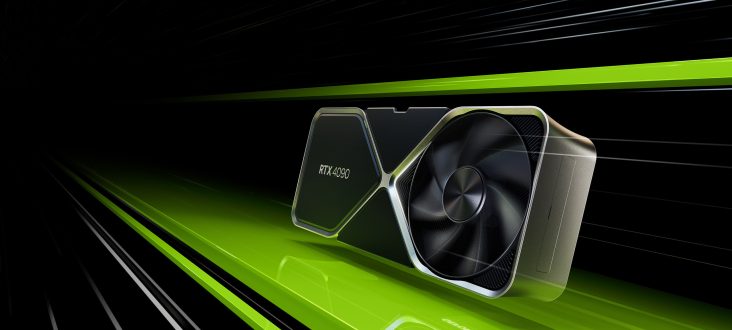So, I grabbed myself a 4090 FE and have been testing for the past 3-days. My intent was to find the max stable VRAM OC, and then drop power limit to around 70%/300W for 24/7 usage. Anyways, it has taken me much-longer than expected (for good reasons).
Many reviews say good cards can do +1500 on VRAM, with very-good cards doing +1600 or perhaps even +1650. None appear to show +1700 with stabilty.
Anyways, I started at +1200. All benchmarks (TimeSpy, Port Royal, Heaven, and games) passed with flying colours.
then +1300, all good.
then +1400, all good.
then +1500, all good.
then +1550 and +1600, all good.
Above +1600 I tested in +25Mhz steps. This started to get boring.
I have just completed all benchamarks plus nearly an hour of Starfield @ +1900. All-stable. Not as single glitch, error or crash since the day I started. There may even be a few MHz left in the tank.
So, who else has gotten to +1900 VRAM OC or behond on stock cooling?
Please post you card and clocks.
Links to my 3DMark benches @ +1900 below.
Port Royal Time Spy Time Spy Extreme
Edit: After a another long test session, +2000 is looking stable.
Many reviews say good cards can do +1500 on VRAM, with very-good cards doing +1600 or perhaps even +1650. None appear to show +1700 with stabilty.
Anyways, I started at +1200. All benchmarks (TimeSpy, Port Royal, Heaven, and games) passed with flying colours.
then +1300, all good.
then +1400, all good.
then +1500, all good.
then +1550 and +1600, all good.
Above +1600 I tested in +25Mhz steps. This started to get boring.
I have just completed all benchamarks plus nearly an hour of Starfield @ +1900. All-stable. Not as single glitch, error or crash since the day I started. There may even be a few MHz left in the tank.
So, who else has gotten to +1900 VRAM OC or behond on stock cooling?
Please post you card and clocks.
Links to my 3DMark benches @ +1900 below.
Port Royal Time Spy Time Spy Extreme
Edit: After a another long test session, +2000 is looking stable.
Last edited:



